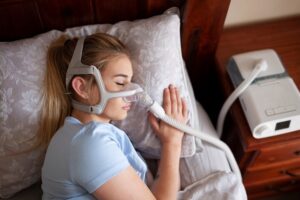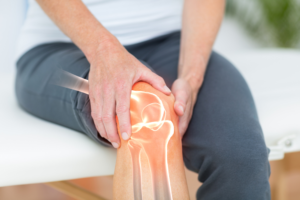How Outpatient Rehab Saves You Time

Have you just come out of surgery and are trying to decide whether you’ll be doing outpatient or inpatient rehab? There are plenty of pros and cons to both choices – you just have to figure out which one for you. Sometimes, given the nature of your surgery, you will be forced to recover inside the hospital itself, for your own sake and the sake of your safety. Other times, however, there’s no need to stay put, and you can get back to your own home, sleep in your own bed, and simply visit one of your hospital’s outpatient rehab centers to get back to good. In both inpatient and outpatient rehab, you can expect a variety of services to help you get back to where you were before the surgery, including aquatic therapy, athletic training, hand rehabilitation, lymphedema management, medically based fitness, pain management, pediatric therapies, physical and occupational therapy, speech therapy, stroke and neurological rehab, female pelvic floor rehab, vestibular and balance rehab and more. In short, chances are, your hospital does it all.
Outpatient rehab is great, because it enables you to get back in the swing of things with your family and your life, but still get the rehabilitation that your body needs. With outpatient therapy, you visit once a week, or a couple of times a week to get your therapy, but the other times, you’re not confined to the hospital. With inpatient rehab, the hospital effectively becomes your home until you’re released. Your hospital might be nice, but it’s never going to be as nice as your own home.
For this reason, many people prefer outpatient rehab. Not only do you get to be in the comfort of your own home for a good portion of your days, but your schedule becomes a lot more flexible. You can choose which days you’d like to schedule your outpatient rehab on, so you are able to return to work and get back into the groove of everyday life. For most people, this is absolutely the first choice – no one wants to be stuck in a hospital for any longer than they have to be. You might love your nurses, but chances are, you love your family more. For many, outpatient rehab also makes them feel as if they’ve come further. Inpatient rehab can give patients the sense that they’ve got a while to go until their recovery; outpatient rehab gives a positive look towards the future in that it enables patients to do other things besides their rehabilitation. Often, this is all people need to be able to move forward.
So, what types of therapy can you expect at your outpatient rehab facility? Aquatic therapy is a popular tool for those looking to decrease pain and improve circulation. Aquatic physical therapy generally includes a warm water pool to facilitate small group exercise classes, as well as a one-on-one therapy in the water.
Because aquatic therapy improves your buoyancy, it helps to increase your support and warm, improving your circulation and decreasing pain and muscle spasms that many suffer from after operations and accidents. Aquatic therapy enables patients to increase their range of motion over time with decreased pain, as well as improves flexibility while improving strength and relaxation at the same time. Aquatic therapy is an extremely popular form of outpatient rehabilitation – while it’s work, it’s also quite fun, which gives patients a positive experience as they move toward their goals.
Another common outpatient rehab function is that of physical and occupational therapy. Though different, these two therapies work together, serving as the yin and yang in many rehabilitation programs. Physical therapy uses exercises and physical movements to help condition deconditioned muscles, and restore strength and movement.
This sort of program is customized for each individual, and treatment is based on the person’s current health problems and disabilities. Occupational therapy, on the other hand, helps people who suffer from physical, developmental and emotional disabilities to lead more satisfying lives. Productivity is the emphasis here, as well as helping people to feel comfort in their own skin and their own movements. In the case of adults, occupational therapy would help teach adults how to carry out the activities associated with daily living – whether this be climbing the stairs or brushing their teeth. For many, these activities are taken for granted – until you’re unable to do them anymore. This is where occupational therapy comes in. Occupational therapy also is common in the elderly, as therapy sessions include working on age-specific problems while remaining both mentally and physically active. This could include learning to walk again after being in a wheelchair for a while, or helping to dress oneself in the mornings. The activities range, as they’re based on the specific individual who is attending the rehab.
The information provided in this article is for informational purposes only. It is not a substitute for medical advice. All medical information presented should be discussed with your healthcare professional. Remember, the failure to seek timely medical advice can have serious ramifications. We urge you to discuss any current health related problems you are experiencing with a healthcare professional immediately.




